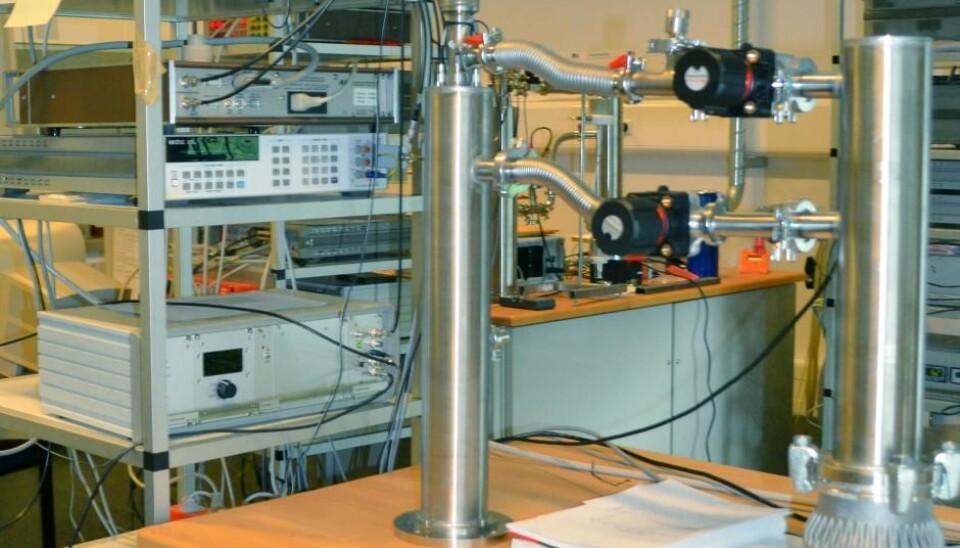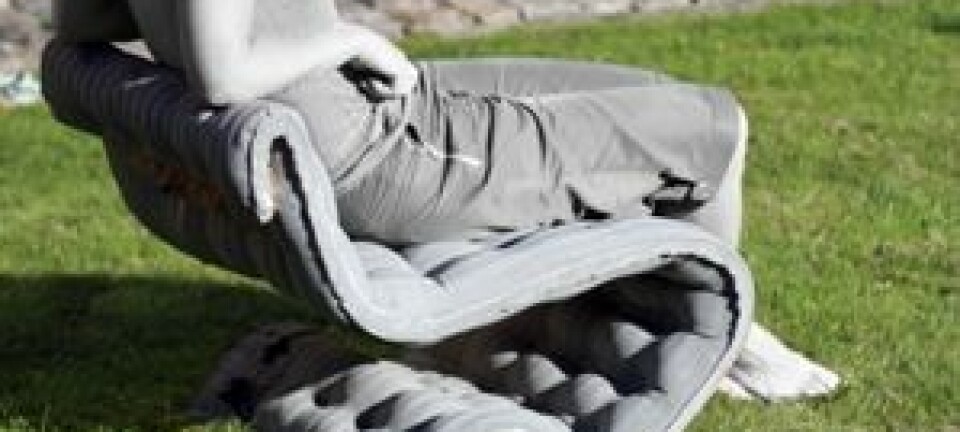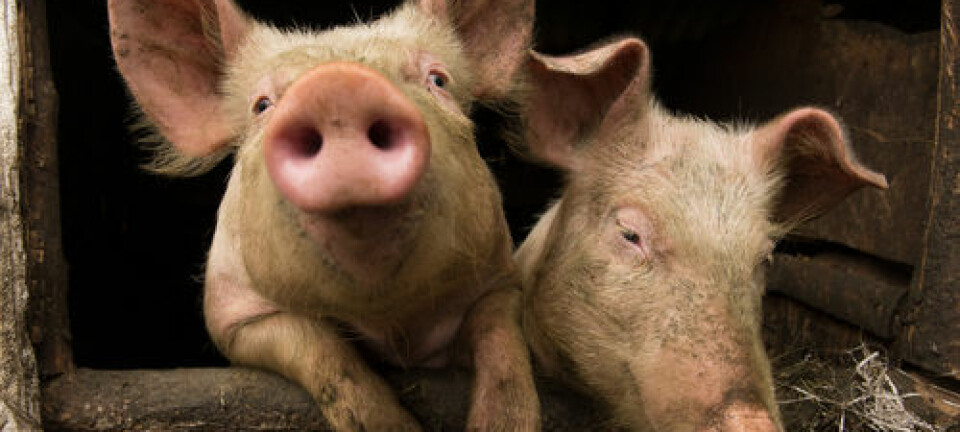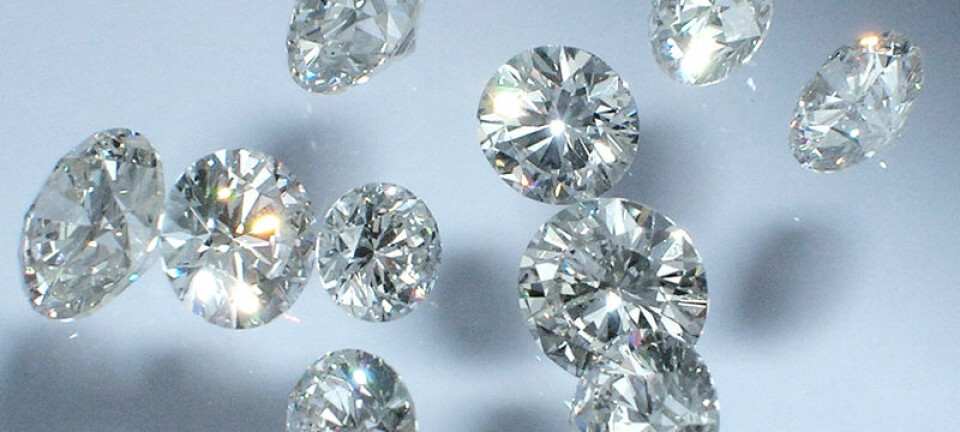
Scientists get to grips with a tricky liquid
They have studied exactly what happens when such a liquid solidifies and becomes glass.
When warm candy cools and solidifies, the mass of thick, viscous liquid sets to hard candy--an edible glass.
To physicists, glass is not just the stuff that we drink out of or look through. It is, more broadly speaking, a fluid that sets as a solid without crystallising. In a glass, molecules are arranged randomly, rather than in an ordered crystal lattice.
But what actually happens during the setting process? How do the mechanical properties change when viscous liquids cool and transform into glass?
This is what physicists at the research centre Glass and Time at Roskilde University (RUC) are trying to find out in collaboration with scientists from the Massachusetts Institute of Technology in the US.
Read More: Scientists develop explosives-detecting liquid
Seven experiments planned
They designed seven experiments to measure the viscosity of the liquid as it cooled down, which are now published in the scientific journal, PNAS.
“We’re now able to measure the mechanical properties—flow properties—in a much larger area than was possible before. It’s taken many years and a lot of work to reach this point,” says lead-author, Tina Hecksher, an associate professor at the Department of Natural Science and Environment at RUC.
It is not easy to measure how fluids behave as they become increasingly viscous. There’s a huge difference between measuring a thin liquid and one that is just about to turn to glass. It requires advanced measuring equipment, which the scientists first need to develop.
“The viscous liquids’ dynamic properties are extremely dependent on temperature. But we used a host of different methods to measure a wide range of temperatures,” says Hecksher.
Read More: Crystals connect like LEGO bricks
Better cell phones and medicines
Understanding this transition has many applications. For example, in the manufacture of solid glass in consumer electronics, such as smart phones and flat screens. But there are other less obvious applications, says Hecksher.
“There’s a lot of research into glass formation in medicine. It’s easier for the body to dissolve medicine in glass form than medicine in the crystalline form, so it will be interesting to find out how we can produce medicine as a glass instead of crystals,” she says.
Understanding the setting and formation of glass can also help geophysicists understand how magma flows and sets. The applications are numerous, but the basic research and theory needs to come first.
Read More: The nanomedicines of the future will build on quantum chemistry
Viscous liquids resemble each other
The scientists studied silicone oil, but in principle, they could also have studied honey, tar, or another liquid that sets to glass as the temperature falls.
“All liquids can be supercooled. They can all form glass and behave surprisingly similarly when cooled,” says Hecksher.
But not all liquids behave in exactly the same way, she says. “It would be nice to have a universal theory for supercooled fluids. But perhaps we should develop a theory for particular simple fluids, which can be adjusted in various ways for more complex fluids.”
This is the hypothesis that Hecksher and colleagues will investigate.
“We’ll try to find a theory for the simplest fluids, such as the silicon oil that we have used, and perhaps this can be the starting point. But theories need to be tested and this is what we’ve now shown we can do,” she says.
Read More: New theory explains how metals melt and freeze
Nice piece of work
The results will be compared with theories of what happens when fluids become more viscous.
Theoretical physicists need experimental basic research such as this, says Paolo Sibani, lecturer at the Department for Physics, Chemistry, and Pharmacy at the University of Southern Denmark.
“It’s vital to develop new experimental techniques as they’re doing in Roskilde. And theoretical physicists like me use these experimental results to develop theories. We need results that span over many orders of magnitude and it’s always a challenge. What they’ve done here is very nice,” says Sibani.
-----------------------
Read more in the Danish version of this story on Videnskab.dk
Translated by: Catherine Jex










